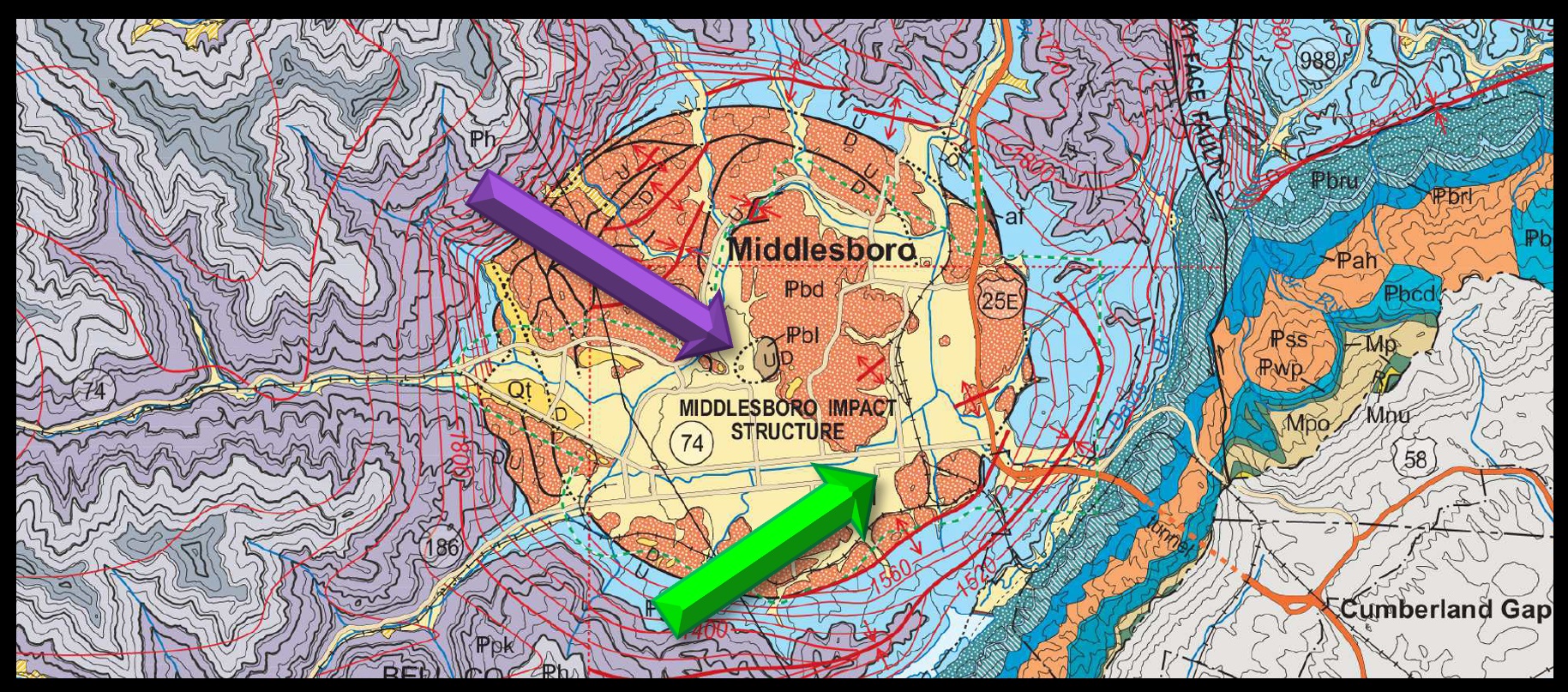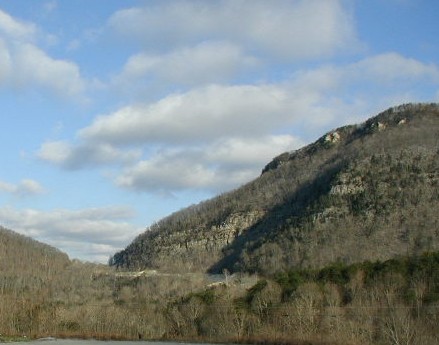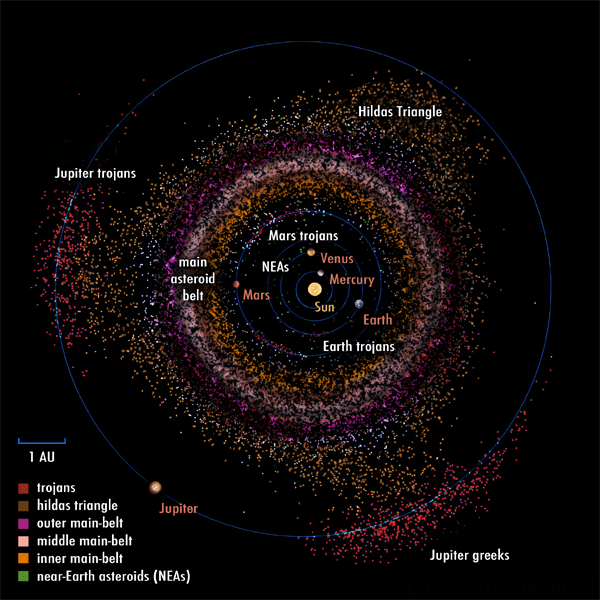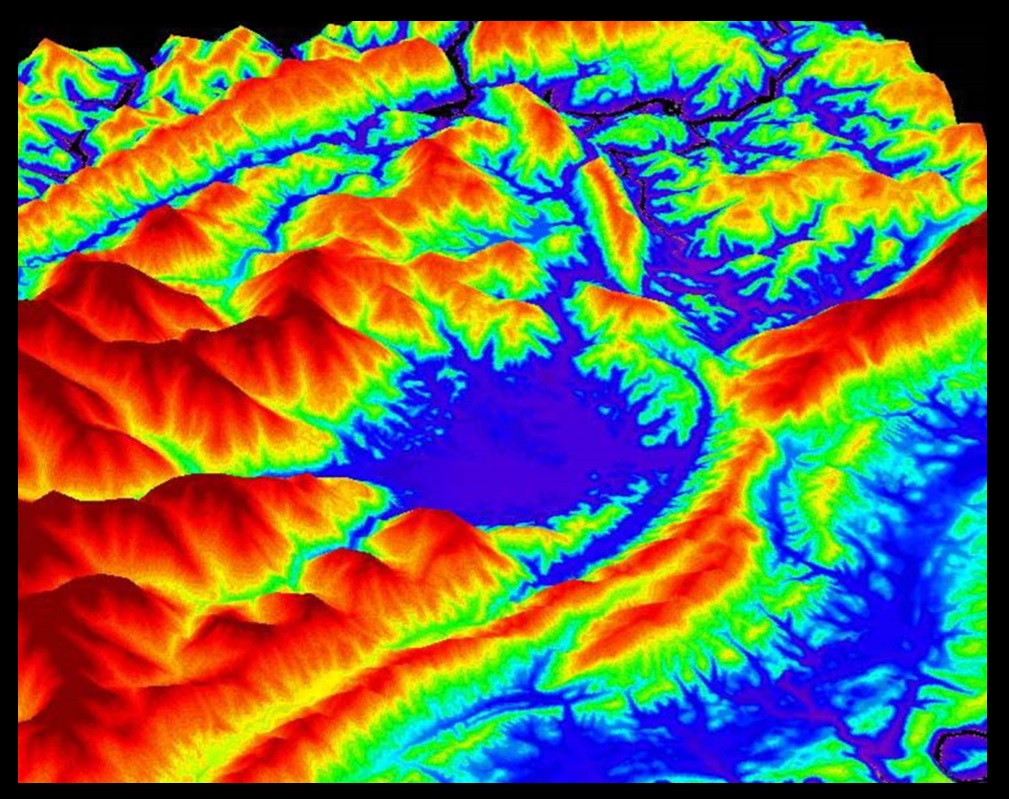Tucked away in the rolling hills of Central Appalachia, a story written in stone begins with a cosmic punch and winds its way through centuries of history. The Middlesboro Crater isn’t just a dent in the Earth; it’s a whisper from deep time, a rugged reminder of when fire rained from the sky, reshaping the land and, in the long run, the fate of those who walked it. Scientists, dreamers, and storytellers gather around its edges, peering into its past while pondering its warnings for our future.
A hidden gem with a cosmic tale

Nestled where Kentucky, Virginia and Tennessee meet, the Middlesboro Crater isn’t immediately apparent to the casual passerby. A town grew over its basin, roads crisscross its floor, and life hums as if nothing ever happened. But peeling back the layers of time, the story reveals itself. Over four miles wide, this crater was carved into the landscape by an asteroid impact some 200 to 300 million years ago. Back then, the world was different, teeming with early life, vast inland seas, and shifting landmasses, as theorized in this two-minute history video.
Geologists had long puzzled over Middlesboro’s peculiar geology. Still, it wasn’t until modern advancements in planetary science that the town’s origins were confirmed. Studies of shocked quartz and shatter cones — geological fingerprints of high-impact collisions — left no doubt: Middlesboro had taken a hit from the heavens. Even the BBC has sung its praises, reminding the world that our planet’s history is written in the scars left by such celestial visitors.
When the sky fell
Picture this: a space rock, roughly the length of a football field, hurtling toward Earth at blistering speeds. There’s no warning, no time to prepare. In an instant, it slams into what is now Middlesboro, Kentucky, unleashing energy greater than millions of atomic bombs. The ground buckles, trees (if there were any then) are flattened for miles, firestorms rage and an enormous dust cloud blots out the sun.
The aftermath? Total devastation. The blast zone would have stretched over a hundred miles, shaking the land and darkening the sky. If they existed in the region at the time, creatures would have faced a world altered beyond recognition. The impact’s fiery chaos eventually gave way to a slow, steady transformation — erosion, weathering, and the relentless march of time reshaped the crater, molding it into a feature that would, millions of years later, prove to be a gateway for pioneers. This transformation is a testament to the Earth’s resilience.
From fiery impact to human passage

Fast forward through eons of time, past the dinosaurs, and the Ice Age, and into an era when human footprints began to mark the land. That’s when this cosmic wound found a new purpose. The softened, lowered terrain left behind by the impact helped shape one of the most famous natural passages in American history — the Cumberland Gap.
Daniel Boone, the legendary frontiersman and Virginia state legislator, saw the promise in this low-lying corridor through the otherwise daunting Appalachian Mountains. In the 1770s, he blazed a trail or the Wilderness Road, opening the floodgates for westward expansion. Thousands of settlers, driven by dreams of opportunity, followed his path through the very ground that had once been shaped by an asteroid’s fury. The Middlesboro Crater, unknowingly, became a silent partner in America’s great migration.
A cautionary tale for tomorrow

But here’s the kicker: The story of the Middlesboro Crater isn’t just one for the history books. It’s a wake-up call. Our solar system is still littered with near-Earth objects (NEOs), chunks of rock and ice that could bring about devastation once more, given the wrong circumstances. Scientists warn that it’s not whether another impact will happen but when.
Luckily, we’re not as helpless as our prehistoric predecessors. Organizations like NASA’s Planetary Defense Coordination Office keep a watchful eye on the sky, tracking potential threats. Missions like the Double Asteroid Redirection Test (DART) prove that humanity is developing the ability to nudge these celestial wanderers, hopefully avoiding another Middlesboro-scale disaster. Some visionaries even propose asteroid mining, turning potential threats into opportunities. This human ingenuity gives us hope for the future.
The legacy of Middlesboro: A bridge between worlds

The Middlesboro Crater is more than just a hole in the ground — it’s a storyteller, a time capsule, and a warning wrapped in one. It’s a reminder that our planet has faced unthinkable destruction, only to repurpose the wreckage into something vital for human progress. The same forces that nearly tore the land asunder ultimately helped carve a path for pioneers seeking new beginnings.
As we look to the future, the lessons of Middlesboro resonate louder than ever. Earth remains vulnerable, and it’s up to us to learn from the past, prepare for the unseen, and ensure that, should the sky ever fall again, we’ll be ready to meet it head-on.
Jack Kennedy is a more than six-decade native of Wise County, having been a private attorney, local and state elected official, now a museum docent, guide and educator at U.S. Space Force Museum at Cape Canaveral Station, Florida.



